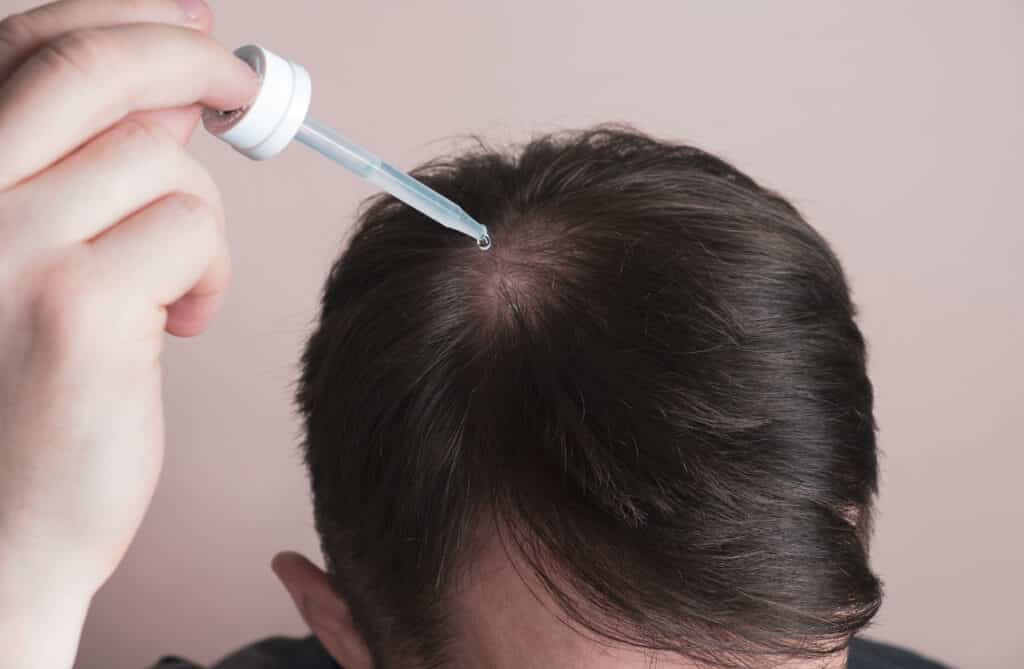
Hair Loss in Women – Things You Need to Know
- March 13, 2022


International Women’s Day was just recently celebrated on the 8th of March, 2022. All over social media and all over the world (to the tune of ‘I Am Women’ by Emmy Meli, no less!), we celebrated the wonder that is women – our life-givers, healers, and leaders. One common theme that we often see being reiterated is how the women in our lives rolled with the punches and went along with the hands that they were dealt with. The story of a single mother who takes care of her children in the day, works a job, and cram studies at night to provide for her family is unfortunately one that is too common.
And even for those who are supported well, a global study found that financial independence was one of the main motivators for women to work while taking care of their families. Sometimes, it can be mind-boggling when we think about the changes in life that a woman still has to go through while living in the 21st Century – familial expectations as a wife and/or daughter, the process of pregnancy, labour, and childbirth, breastfeeding, work-life balance, menopause… And hair loss.
Yes, hair loss in women. Which woman hasn’t looked at their hair brush or shower drain and thought to themselves, “Is that… Normal?” Which woman hasn’t spent an extra few minutes in front of the mirror checking their hairline and wondering if it looks thinner than a week before? Hair loss in Singapore has always been associated with something negative. A loss of youth, vitality, and health. And it’s not just real life! Even in fairy tales and ancient times, baldness has been a sign of punishment for both men and women.
The Ancient Egyptians believed that hair loss was a sign of divine retribution if you displeased the gods. And in earlier retellings of Rapunzel, baldness also features as a punishment. In this version, when the Witch discovers that Rapunzel had been lying to her by allowing the prince to climb her hair, she shaves Rapunzel’s head entirely bald. An author named Edith Nesbit in 1901 wrote a story titled ‘Melisande’ which is a classic tale of a Princess cursed to be bald. And the redemption arc of the story, of course, features a Prince who uses his one last wish for her to gain back her beautiful long locks again.
Hair loss in women has been told through the centuries, but just exactly how common is it?
Hair loss in women is unfortunately very common. With regards to female pattern hair loss (FPHL) which is caused mainly by genetic factors, it usually starts during the reproductive years which are later than in men.
In general, for those without FPHL, hair loss is also common.
The Ludwig Classification for FPHL: Type I (minimal thinning); Type II (decreased volume and noticeable widening of the midline); Type III (diffuse thinning, visible scalp
Those who are likely to experience hair loss in women are:
There are several reasons for hair loss in females. FPHL and male androgenetic alopecia can share a common process which causes hair follicle regression, called ‘miniaturisation’, as a result of excessive male sex hormones (androgens). This process results in the conversion of those terminal hair follicles into vellus-like follicles instead.
Think of the vellus-like hair follicles as the light hairs that you might see on your forearm or face. When androgens cause miniaturisation of the normal hair follicles, it starts to become shallower and shrink. The hairs that are produced also become short and fine. Female pattern baldness may look different to males because the miniaturisation happening is not uniform or as intense, hence rarely showing complete areas of shiny baldness.
In women experiencing FPHL but do not have increased androgen levels, they may have a higher genetic predisposition meaning that they have family members that experience the same hair loss condition. These genetic factors cause the normal levels of circulating androgens to act on the hair follicles, which are sensitised to those androgens. Many women also lose hair after menopause, because the genes that code for the production of aromatase (an enzyme that converts testosterone to estradiol, which plays a role in hair loss) increase in aromatase production in the pre-menopausal stage.
Hair cycle disruption happens when your hair follicles start to want to hang out in the telogen phase more than the anagen growth phase. Instead of the normally timed 5-6 weeks where they are given a break from growing and allowed to shed off, this can extend for months. What disrupts this cycle and pushes our hair follicles from the anagen phase into the telogen phase are things like stress, nutritional insufficiency, and also scalp infections. This can normally be treated with topical minoxidil to encourage hair follicles to start growing in their anagen phase again.
Unfortunately, there is no Prince ready to swoop in and redeem his one last wish on us growing thick, sleek, and beautiful hair. Hair loss reasons in females can be many, but luckily there are plenty of hair loss treatment in Singapore that can help as well! We can take matters into our own hands today and seek a professional to identify what treatments can be done here at SL Aesthetics – we’re just one call away.
Like what you read? Share them!